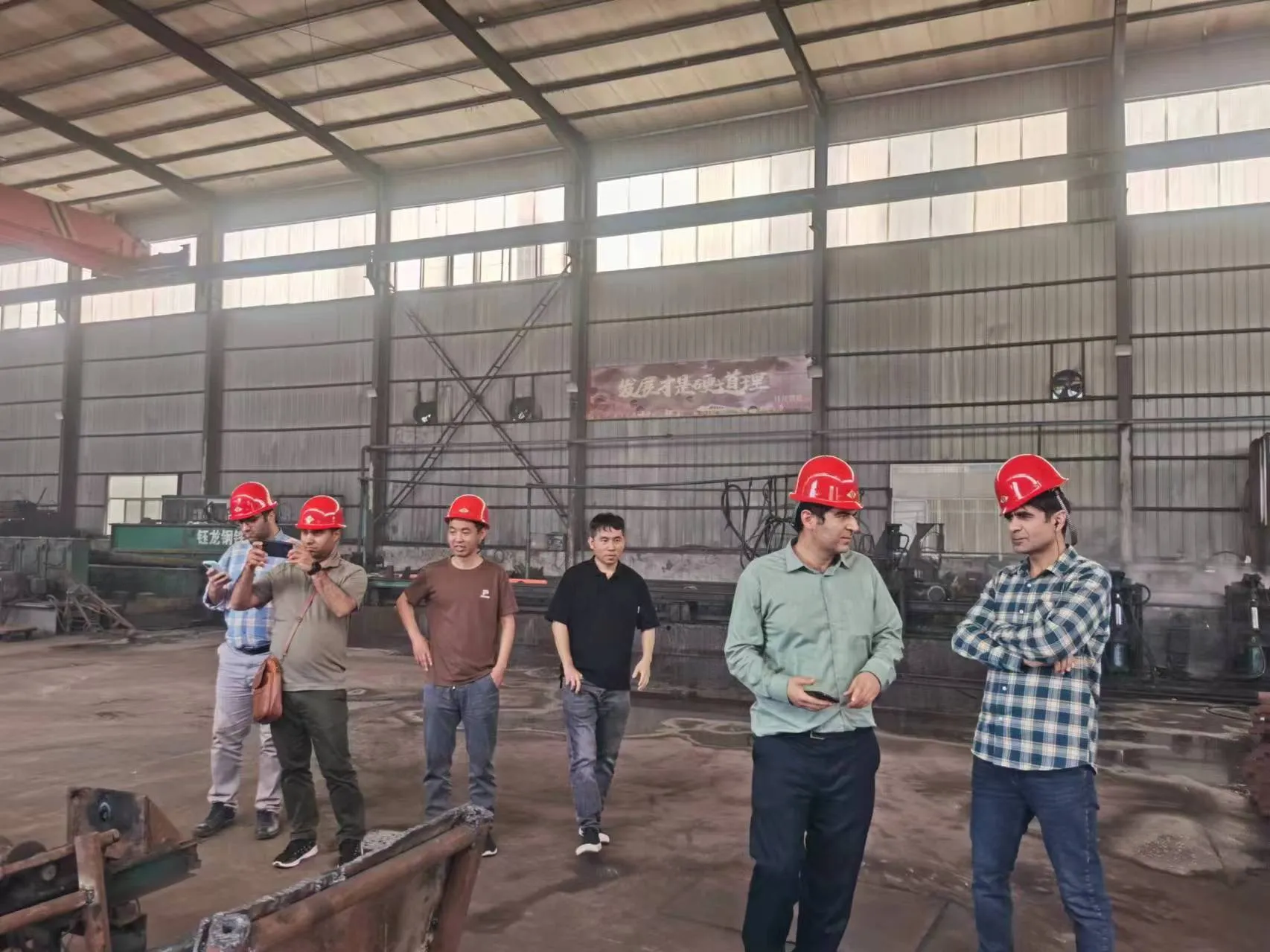Current location:
seamless pipe company
Date:2025-08-17 21:58:29 Read(143)

Understanding Butt Weld Pipe Reducers A Key Component in Piping Systems In the intricate world of piping systems, where efficiency and reliability are paramount, one component that plays a significant role is the butt weld pipe reducer. This essential fitting allows for the transition between different diameters of piping, facilitating the smooth flow of liquids and gases in various industrial applications. What is a Butt Weld Pipe Reducer? A butt weld pipe reducer is a type of pipe fitting designed to connect pipes of varying diameters. The reducer can either be a concentric reducer, which maintains a uniform center line, or an eccentric reducer, which allows for a flat surface for drainage. Essentially, the reducer’s primary function is to help regulate and direct the flow of materials within a piping system. The Importance of Butt Welding The term butt weld refers to the process of welding two pieces of pipe end-to-end. This method creates a strong, lasting bond that is essential for maintaining system integrity under pressure. Butt welding pipe reducers provide smooth transitions between pipes, minimizing turbulence and potential energy loss that could occur with other types of fittings. This is particularly important in high-pressure systems where the durability and strength of each joint matter profoundly. Applications of Butt Weld Pipe Reducers Butt weld pipe reducers are widely used across various industries, including oil and gas, chemical processing, water treatment, food and beverage manufacturing, and HVAC systems. In these sectors, piping systems need to be robust and adaptable to flow requirements that can change dramatically due to varying operational conditions. butt weld pipe reducer In oil and gas industries, for example, reducers are employed in pipelines that transport crude oil or gas. The reducer allows for the transition between the larger main pipe and smaller branch pipes, ensuring a consistent flow and efficient operation. Similarly, in the chemical industry, where different substances must be transported safely, the reliability of welds and material integrity is crucial. Material Considerations Butt weld pipe reducers are available in a variety of materials, including stainless steel, carbon steel, and alloys. The choice of material often depends on the specific applications and the type of substances being transported. Stainless steel, for instance, is favored for its resistance to corrosion and high temperatures, making it ideal for chemical and food processing applications. On the other hand, carbon steel can be a cost-effective solution for larger diameter applications or where exposure to harsh environments is limited. Installation and Maintenance Installing butt weld pipe reducers requires a certain level of expertise, as the welding process must meet specific standards to ensure strength and durability. Proper alignment and fit-up are crucial, as misalignments can lead to weak joints, ultimately compromising the entire piping system. Therefore, skilled welders are essential in the installation phase. Maintenance of piping systems with reducers is also vital. Regular inspections can help identify wear and potential failures, especially in high-stress areas. Utilizing non-destructive testing methods can be an effective way to assess the integrity of the welds and the surrounding pipe material. Conclusion In summary, butt weld pipe reducers are indispensable in ensuring the smooth and efficient operation of various piping systems across multiple industries. Their ability to provide seamless transitions between different pipe diameters enhances flow efficiency and system reliability. Whether in oil and gas, chemical manufacturing, or other sectors, understanding and properly implementing these components is crucial for maintaining operational excellence. As industries continue to grow and evolve, the importance of quality fittings like butt weld pipe reducers cannot be overstated, securing their place as a fundamental element of modern infrastructure.
Share:
Previous: EN 1092-1 Type 11 PN16 แป้นเชื่อมที่มีคุณภาพสูง
Next: DIN 11864-2 Flange Standards for Pharmaceutical and Biotech Industries
Kind tips:The above content and pictures are compiled from the Internet and are for reference only. I hope they will be helpful to you! If there is any infringement, please contact us to delete it!
You may also like
- Exploring the Characteristics and Applications of 2% Flange Designs in Engineering
- Exploring the Latest Innovations and Applications of Indux WMP Pump Technology in Industry
- Current Prices for 1% and 4% Galvanized Pipe Options in the Market
- Blind Flange Types and DIN 2527 Blind Flange
- Benefits of Upgrading Corroded Galvanized Pipes to Modern Alternatives
- Exploring the Versatility and Durability of Rubber Pipes in Various Applications and Industries
- Exploring Innovations in Technology for Sustainable Development in the Contemporary World
- Exploring the Benefits of 3% and 4% Stainless Steel Pipes for Various Applications
- DIN 2065 Flange Specifications and Applications in Engineering Industries